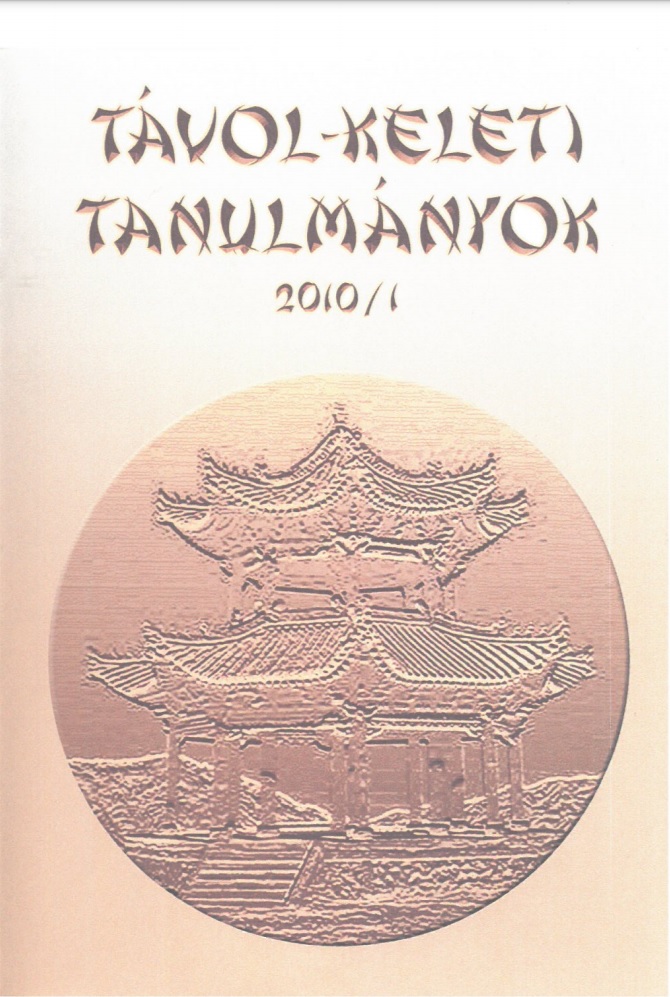A buddha-természet fogalmának megjelenése és korai értelmezései a kínai buddhizmusban, a lefordított sūtrák és értekezések tükrében
Published 2011-03-17
How to Cite
Copyright (c) 2011 the author(s)

This work is licensed under a Creative Commons Attribution-NonCommercial 4.0 International License.
Abstract
The present article attempts to summarize the different interpretations of a key concept of mahāyāna Buddhism, Buddha-nature, which played a decisive role in the formation of sinitic schools of Buddhism. It is therefore a pre-study for the mature interpretations found in the schools of Chinese Buddhism formed in the Sui and Tang period. The article deals with the usage and interpretations of the two main forms of translation, as tathāgatagarbha (rulai zang) and as Buddha-nature (foxing). It follows a presentation and a summary – focusing on the concept of Buddha-nature – of those translated Buddhist texts which formed the basis of the Chinese interpretations, namely: the Tathāgatagarbha sūtra (Rulaizang jing), the Śrīmālādevīsiṁhanāda sūtra (Shengmanjing), the Ratnagotravibhāga (Baoxing lun), the Laṅkāvatāra sūtra (Rulengqiejing), three treatises probably composed in China – the Treatise on Buddha-nature (Foxing lun), the Treatise on the Undifferentiated nature of Dharma-dhātu (Dasheng fajie wu chabie lun) and the Arising of Faith in Mahāyāna (Dasheng qixin lun) –, and last but not least the Mahāparinirvāṇa sūtra (Dapan niepan jing). Besides relying on secondary sources, it contains a large number of different paragraphs chosen and translated from the primary Chinese language sources, supporting the arguments of the article.
